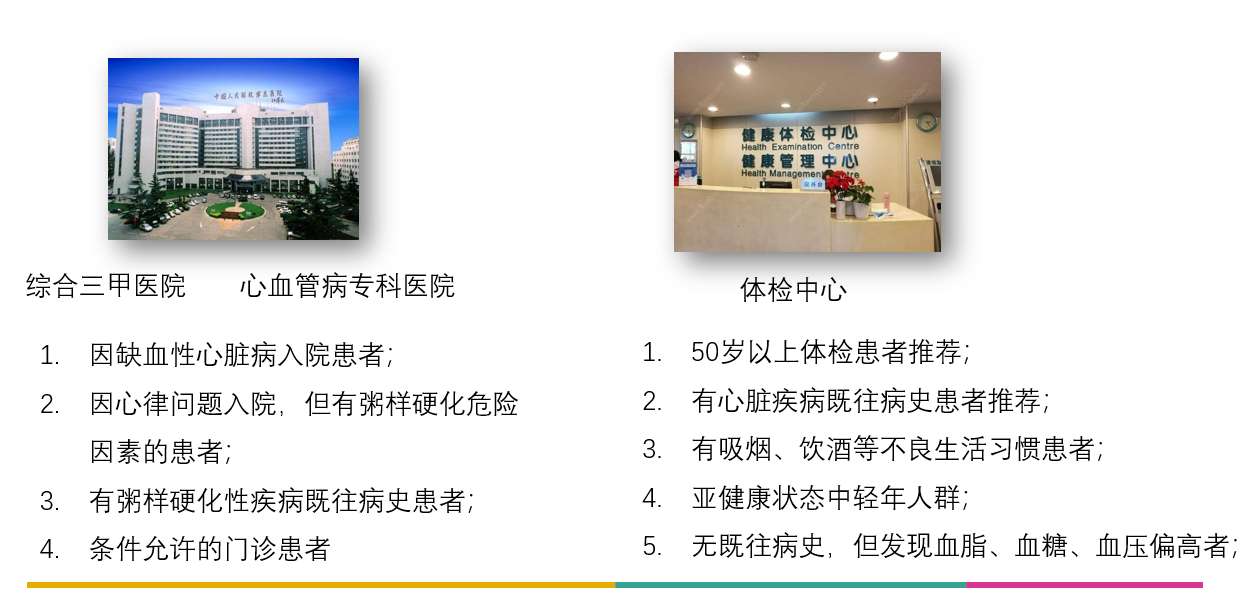Analysis and scientific research services of Ceramides
Methodology: Liquid Chromatography-Tandem Mass Spectrometry (LC-MS/MS)
Detection index:4 kinds of ceramide components: Cer (d18:1/16:0), Cer (d18:1/18:0), Cer3 (d18:1/24:0), Cer (d18:1/ 24:1)
Sample type:plasma
Specification:96 servings/box
Clinical significance
Ceramide is a product of fatty acid synthesis and sphingomyelin breakdown, and is the core molecule of lipid metabolism. Research results show that ceramide is a new biomarker of cardiovascular disease.
High levels of ceramide indicate that atherosclerotic plaques are more likely to rupture. Therefore, the initial detection of ceramide can predict adverse cardiovascular events and the risk of acute coronary syndrome in patients with stable coronary heart disease.
Dynamic detection of ceramide can be used to monitor the risk of adverse cardiovascular events during the whole course of coronary heart disease. (Applicable to high-risk groups)
目标人群

Health‘s new method of cardiovascular disease detection
Ceramide: It is composed of sphingosine or long-chain bases and fatty acids of different lengths. Ceramide plays an important role in multiple aspects of cell function, including participating in pathological conditions, inducing cell apoptosis and tissue damage. Previous studies have shown that certain plasma ceramide molecules may be related to the formation of unstable atherosclerotic plaques and can be used as predictors of adverse cardiovascular events. Therefore, ceramide may have important value for the diagnosis, prognosis and treatment of cardiovascular diseases.
Ceramide predicts cardiovascular mortality in patients with stable coronary heart disease and acute coronary syndrome
Ceramide surpasses LDL-C in predicting cardiovascular death events







